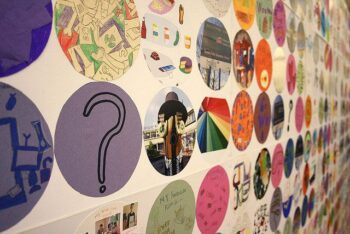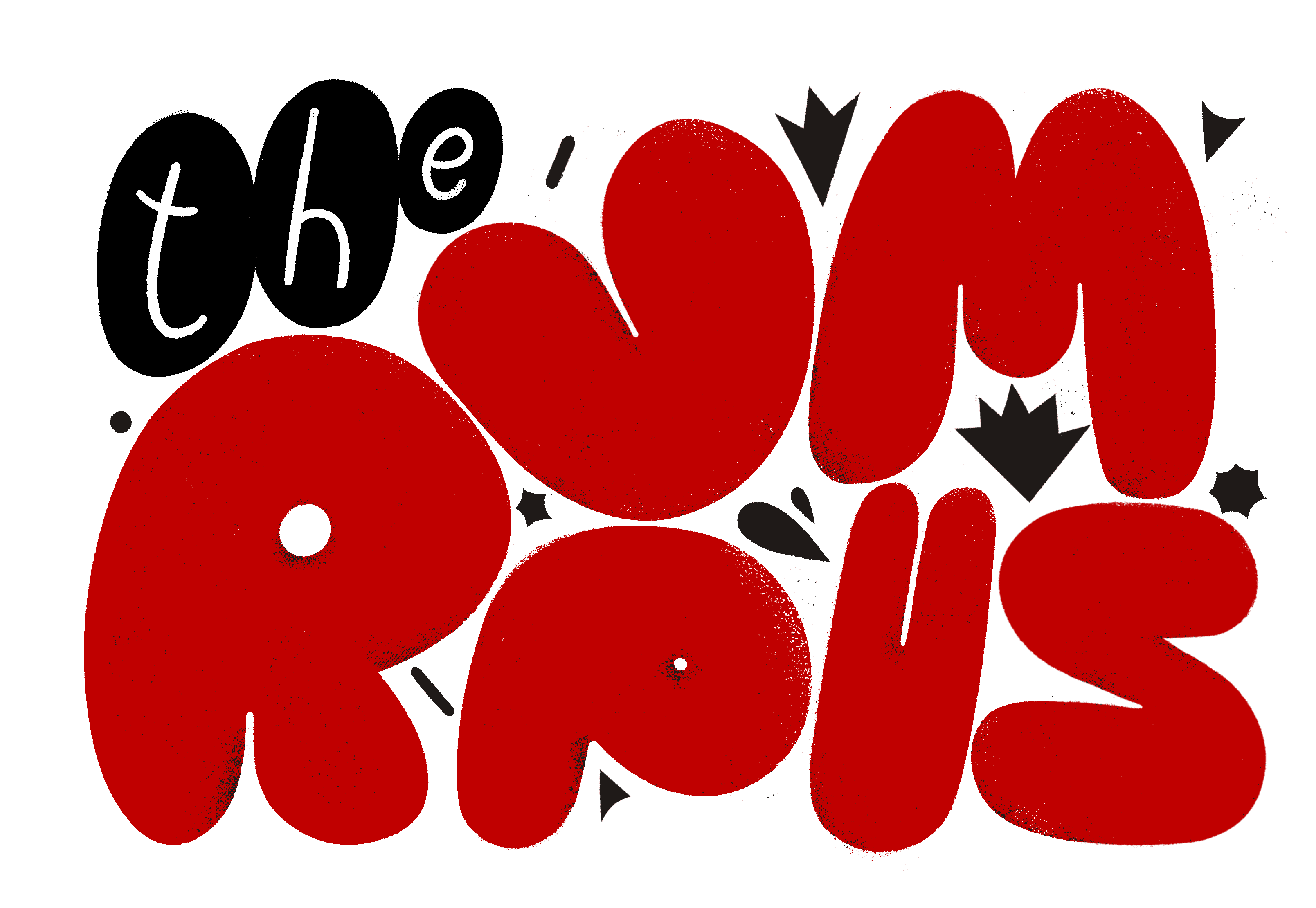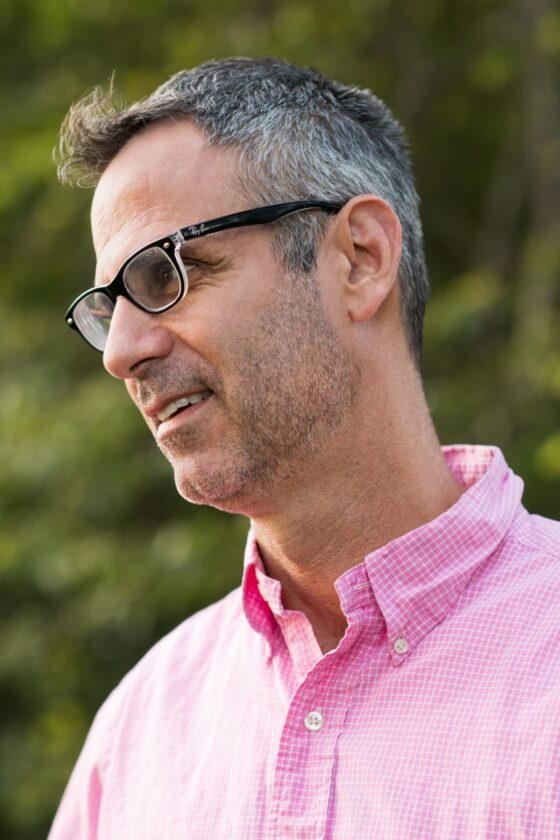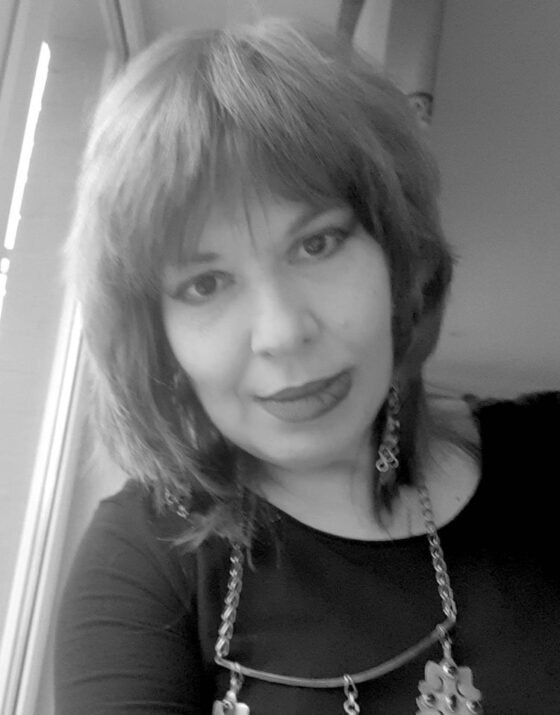
I stared at the line of boxes under the Race and Ethnicity section of my college application unsure of which to check. Based on my features alone, I was just another white boy: pale skin, brown hair, and freckles. They were all traits I shared with my mother, who sat beside me at our rickety kitchen table.
I hadn’t planned to apply for college. Few of my friends from the neighborhood—the ones who hadn’t already dropped out—were going. I wanted to find a job, had even talked about joining the Navy like my grandfather, but my mother shot that down. She’d enrolled in college after graduating high school, went back before she had me at 32, then night school once I was old enough to be home alone. But she never finished. Either a man or I had gotten in her way. Because my mother didn’t have a degree, it was her greatest hope that I did, if only to make more of myself than she was able to as a single-mom who’d settled for a career as a maid. Whether I wanted to or not, she insisted I was going to college.
At first, I was intimidated by the applications, all the instructions to follow, blank lines to fill, and boxes to check, but they turned out to be a breeze until I reached the Race and Ethnicity section. My eyes ticked down the options; none seemed applicable to me. My mother must’ve suspected I’d struggle. Before I could turn to her for help, she tapped a pencil beside Hispanic/Latino and said, “This one.” She suggested I check the box on account of my Puerto Rican heritage on my father’s side, a man I’d never met.
“With a last name like McGuigan?” I asked, repeating the same question that had been asked of me countless times by people who refused to believe I was anything but the white boy my name and skin color led them to assume I was.
“You should get something out of him,” my mother said, reminding me that the ethnicity I couldn’t pass for no matter how hard I’d tried could help me get scholarships and grants, the only way we could afford college on what little she made.
My entire life I had been tormented by my mixed ethnicity. On my mother’s side I was a European mutt of mostly Irish and Spanish descent, and on my father’s, I was Puerto Rican. Because I looked more like her than him, I didn’t think I was Puerto Rican enough, and because I grew up poor in a mostly Latino neighborhood, I didn’t think I was white enough either. I was trapped in an ethnic limbo, unable to fit in with my brown friends at home or my white friends at the private school my mother worked seven days a week to afford. Now all that confusion was reduced to a checkbox, and I didn’t know where I belonged.
*
The summer before my senior year of high school I asked my mother if I could change my last name to my father’s, Ramos. Like most 16-year-olds, I was unsure of myself, but unlike my friends, my identity crisis went deeper than experimenting with what kind of jeans I wore, what music I listened to, what teams I liked. With no sense of my family history on my father’s side, I was desperate for any connection with my Puerto Rican heritage. I thought taking his name, a man I knew as an empty box on my birth certificate, would give me an understanding of who I was.
“Brian Ramos has a nice ring to it,” I said, and my mother neither agreed nor disagreed.
My connection to my Puerto Rican heritage seemed as tenuous as my connection to my white skin. I didn’t feel white, didn’t believe I had the privileges that came with whiteness. I was a bastard. My father was a drug dealer who left my mother once she got pregnant and never came back. Without a college degree, she made ends meet cleaning the houses of rich people until her hands ached from years of scrubbing sinks and toilets. We lived in a string of apartments in a neighborhood of Queens, New York, but each of the places was the same: barred windows, busted plumbing, infested with cockroaches, the usual amenities of poverty. Based on my lot alone, I had little in common with my white classmates and all too much with my brown friends where we lived.
The only time I ever felt white was at the private school my mother insisted I go to with the same forcefulness she would use when we discussed college. Most of the kids looked like me, but had lives I’d mainly seen on sitcoms: both parents, clothes we couldn’t even buy on layaway, and houses as big as the ones my mother cleaned. They weren’t latchkey kids like I was. Their mothers picked them up when the bell rang, whisked them off to baseball practices, music lessons, and other extracurriculars that beefed up their college applications. I took the bus to my after school job, then home, and did schoolwork in front of the TV until my mother got there after primetime started.
I didn’t see going to private school as a privilege that would someday push me beyond the life most kids from my neighborhood would have. I saw it as a curse. None of my brown friends went there. Instead, they were cheese-bussed to a junior high nicknamed “the jungle” and then went to the local high school where there were metal detectors at the entrances and a police precinct on the top floor. I should have been thankful my mother sent me elsewhere, but private school pushed me further away from the box I desperately wanted to be part of. At school, I was called wigger, McSpic, bullied for the way I walked (with a swagger), talked (in slang), and dressed (baggy pants, shirts the size of bedsheets, a fake gold grill with vampire fangs like Wu-Tang rapper Method Man). On my block, I was white boy, gringo, a reverse Oreo, told the only thing Puerto Rican about me was that I didn’t know who my daddy was. For as much as I didn’t identify with the white experience, I did with the brown experience, yet claiming to be either made me feel like a fraud. People of mixed ethnicity often want to pass for white—I was the opposite. I was passing for the wrong race, one I was as connected to as the father I didn’t know.
Becoming Brian Ramos was a last resort. By then, I’d immersed myself in everything Puerto Rican in an effort to claim my heritage. I’d taken Spanish since sixth grade and studied how my Latino friends spoke, developing a knack for basic conversation and all the swears. I ate mofongo and platanos, danced salsa at neighborhood parties, and went to the Puerto Rican Day parade each year, my Rican flag beads dangling from my pale, doughy neck. I bought the mousses and gels my brown friends used, sculpting my hair with a thick layer of grease like Ricky Martin. I did whatever I could to convince myself and the world that I was Puerto Rican. When I looked in the mirror, I didn’t see the white boy everyone else saw, but a confused kid grasping for a sense of meaning, something I believed the name Ramos could give me more than McGuigan had.
“Are you sure?” my mother asked in a tone that was less a question than an accusation.
For my mother, changing my name to my father’s was almost like divorce. She had given up so much of herself to give me all the opportunities she could, and in return, I wanted to ditch her last name, her legacy, for the name of a man she’d rather have forgotten. It was bad enough my mother caught glimpses of my father in the features she said I shared with him: my coarse hair, squat body, and gapped-toothed smile. My father had abandoned her when she needed him most, and now she’d have to relive that abandonment at the hands of the next generation of Ramos.
When I shook my head yes, my mother didn’t try to talk me out of it. “Just think about it,” she said. Then she looked away so I couldn’t see the shimmer of tears in her eyes, but I knew she was crying. My face turned the same red as hers whenever anyone told me I wasn’t really Puerto Rican.
*
A few months after I submitted my college applications, I received scholarship offers and grants to attend every school where I applied. On each college application, scholarship letter, and grant form that asked about my heritage, I listened to my mother’s advice and checked the boxes for Hispanic/Latino and White. If the instructions only allowed me to choose one—this was 1998, back when interracial dating was still called “jungle fever”—I refused and put checks in both. If there was a Biracial or Multiethnic option with a fill in the blank beside it, I wrote “Irish and Puerto Rican” well beyond the margins in the same block letters my friends and I tagged with, followed by as many exclamation points as could be fit. When I sealed the envelopes and plunked them in the mailbox, I imagined someone from each university calling to ask for proof, but when all I got were acceptance letters with scholarship offers, I was filled with a sense of pride in both my Irish and Puerto Rican heritages that I’d never had.
By checking the Hispanic/Latino box I was claiming my identity in a way I hadn’t before: on paper. I’d spent years failing to dress, to talk, to act more Puerto Rican, a blueprint of my ethnicity I created from modeling my Rican friends’ and John Leguizamo characters. It was a practice as ignorant as the kids who called me wigger and reverse Oreo. In my attempts to pass for Puerto Rican, I was perpetuating the same stereotypes that Latinos and other people of color fought against everyday. No matter how much hair product I used or how often I wore my flag beads, I couldn’t make anyone believe I was Puerto Rican. I just needed to be who I was: Brian McGuigan. As easy as it seemed, it was as hard as checking a box.




